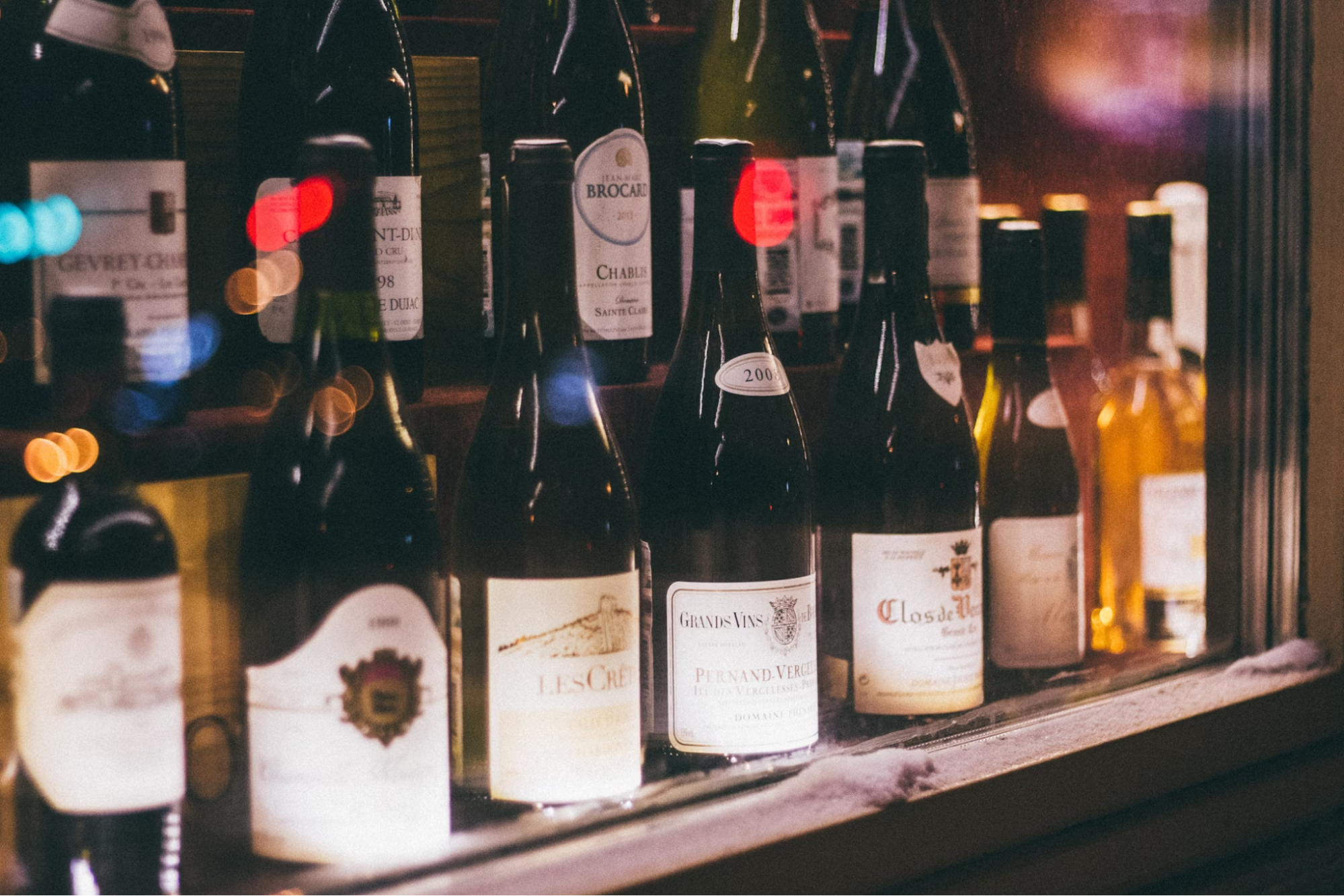- Wine Color/Type
- Top Occasions
- Unique Wines
- Surprise Me!
Is my wine safe to drink?
Understanding wine additives
Wine is a popular alcoholic beverage that many people enjoy for its taste, aroma, and potential health benefits. However, with "clean" and "minimal intervention" and "natural" wines increasing in popularity, you may start worrying whether your favourite bottle of wine has added ingredients that are damaging your health.
Fear no more! Wine is one of the most tightly regulated sectors worldwide, and many checks must be performed before a wine can be sold. Yet, if you still have your concerns, you can put your mind at ease by understanding what enters a bottle of wine. That way, you can make informed decisions when purchasing wine, and stay unaffected by trends.
Wine labels are the identity of wines. From now on, Labels in Europe will also include wine ingredients (Photo: Photo by N. on Unsplash)
What’s in a bottle of wine?
A bottle of wine is almost made 100% of grapes. Yet, some winemakers may choose to add some water or additives, but the aim is only to produce a much better wine.
Some winemakers may choose to harvest grapes later, when they have almost turned to raisins, to have soft tannins. However, then they have to add a bit of water to bring down the sugars. Otherwise, the yeast can't successfully initiate the fermentation and produce a dry wine.
The various additives also have a specific purpose. In normal winemaking conditions, wine has no more than a handful of additives. The list of permitted additives is long because a winemaker must have the required tools to respond to some rare winemaking obstacles.
[insert:wine:thymiopoulos-young-vines-xinomavro-2021]
Ingredient labeling in wines?
Soon, you will start seeing ingredient labeling in wines. This follows the newest label regulation updates of the European Union. Other countries will soon follow. Most wineries will opt for a QR code, where the ingredients and nutritional label will be displayed, but some may choose to write them on the label.
On this ingredient list, you will often see various chemicals or some unknown words. Sulfur Dioxide, tartaric acid, grape concentrate, egg whites or gelatine can appear now on wine labels. I promise, every single additive has a purpose. No winemaker wants to waste money on ingredients that will provide no noticeable improvement in the wine’s quality.
Main wine additives
Follow us on this journey to understand wine additives and their effects. Additives are tightly regulated and can enhance the flavor profile of a wine. However, flying solo does not always result in a better wine.
Evmorfia Kostaki
__________________
List of Wine Additives covered by VinoVoss.
Last update: soon!
Latest articles

